5 Effective Ways To Burn Body Fat, Reduce Hunger & Lose Weight
Do you struggle to burn body fat and lose weight? By making small changes to your eating habits, you will see how easy it is to burn body fat, reduce hunger and achieve a healthy weight.

Have you ever thought about why certain foods taste so good? About 75% of all food and drinks that we consume contain added sugars. Research shows that consuming sugary foods can spike blood sugar levels, resulting in increased hunger and fat storage. Diets that are high in sugar often lead to weight gain due to increased eating and are associated with a greater risk of developing heart disease, diabetes and obesity [1, 2, 3].
Think of it as going on a hunger rollercoaster throughout the day. When you get hungry, you begin to crave foods that taste good and fill you up. The reward is a temporary spike in blood sugar levels, which makes you feel energized and full. However, this feeling is temporary and eventually leads you to crash – feeling tired and hungry again – not long after consuming the sugary foods. Before you know it, you are back at it – consuming more sugar-laced foods and hunger rollercoaster continues.
One model suggests that high-carbohydrate diets, made up of starchy foods and sugar, promote increased fat storage and lead to weight gain by increasing hunger and reducing a person’s metabolism. Refined grains (i.e. white bread) digest more quickly than whole grains (i.e. whole wheat bread) and therefore result a greater spike in blood sugar levels. Whole grains contain more fiber, which slows the digestion process, decreases hunger and overeating, and results in lower blood sugar levels [4]. By incorporating more whole grain food into your diet, you will notice that you feel full and satisfied for much longer and you will begin to experience sustained energy levels throughout the day.
Here are 5 effective ways to burn body fat, reduce hunger and lose weight [4]:
1. Reduce refined grains and added sugar intake
2. Consume more non-starchy vegetables, legumes and whole fruits.
3. Consume more fiber & whole grains, such as whole barley, quinoa and oats.
4. Increase healthy high-fat foods including nuts, seeds, avocados and olive oil.
5. Reduce exposure to endocrine-disrupting chemicals
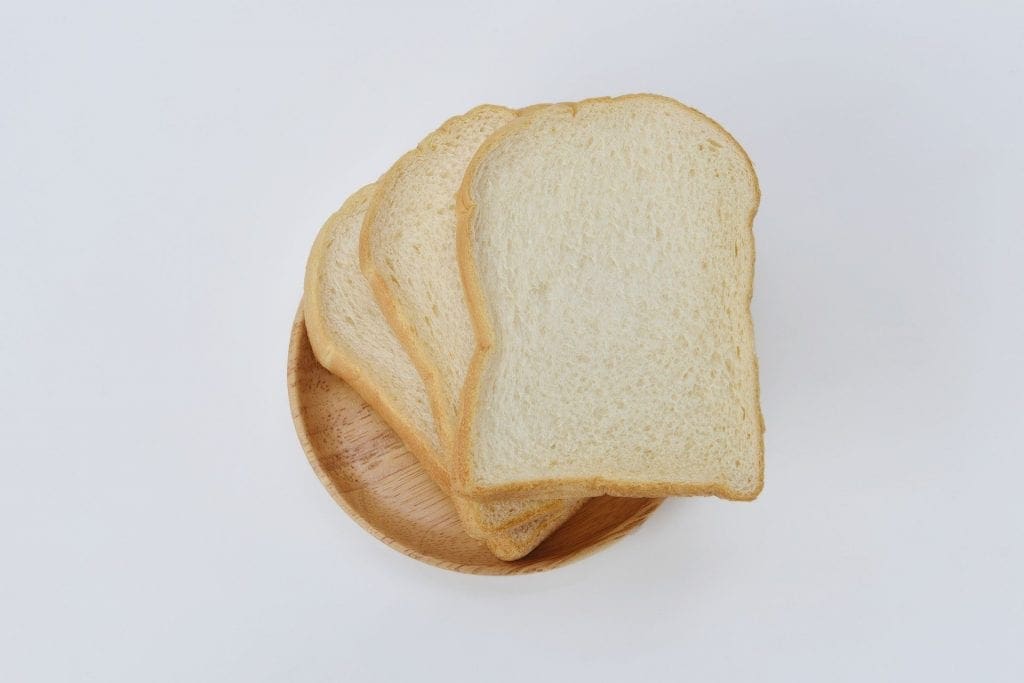
1. Reduce Refined Grains And Added Sugar Intake:
Refined grains digest quickly and result in blood sugar spikes. This can lead to increased fat storage, hunger and risk of disease. Refined grains include white rice, white bread, regular pasta and many other processed foods including cakes, cookies and many breakfast cereals. If a carbohydrate-based food comes in a package and does not indicate “whole-grain” or “whole-wheat,” then the food most likely contains a refined grain. Refined grains have stripped of their nutrients and fiber and lose their healthy qualities.

- Sodas, sports/energy drinks, fruit drinks/juices/smoothies, sweetened coffee and tea.
- Candy, cakes, cookies and brownies, pies, rolls, pastries and donuts.
- Ice cream, yoghurt, dairy deserts, ice pops.
- Sugars, jams, syrups and sweet toppings.
- Most breakfast cereals and bread.
- And much more! Almost everything we eat that is processed has some amount of added sugar.
Names Of Added Sugars
| anhydrous dextrose | brown sugar | confectioner's powdered sugar |
| corn syrup | corn syrup solids | dextrose |
| fructose | high-fructose corn syrup (HFCS) | honey |
| invert sugar | lactose | lactose |
| maltose | maple syrup | molasses |
| nectars (e.g., peach or pear nectar) | pancake syrup | raw sugar |
| sucrose | sugar | white granulated sugar |

Strategy For Reducing Added Sugars and Refined Grains In Your Diet:
Start by making small changes to your diet. Assess how many refined grains and added sugars you consume per day. Swap refined grains with whole grains & stay within your recommended sugar intake levels for the day.
Swap Refined Grains with Whole Grains
| Refined Grain: | Whole Grain: | |
|---|---|---|
| Regular Pasta | swap with | Whole Wheat Pasta |
| White Rice | swap with | Brown Rice or Quinoa |
| Wheat/White Bread | swap with | Whole Wheat/Grain Bread |
RECOMMENDATION: Limit added sugar intake to 5-15% of your daily calories [5].
Added Sugar Recommendations: [5]
| Total Daily Calories: | 1200 cal | 1500 cal | 1800 cal | 2000 cal | 2300 cal |
| Total Sugar Intake Per Day: | 15-45g | 19-56g | 23-68g | 25-75g | 29-86g |

DID YOU KNOW? 1 Teaspoon of Sugar = 4 grams of sugar. That means a sports drink containing 34g of sugar contains over 8 Teaspoons of sugar! Sports drinks are essentially sugar water + electrolytes. Imagine putting that much sugar in your coffee or tea.

2. Consume More Non-Starchy Vegetables, Legumes And Whole Fruits:
Non-starchy vegetables are nutrient dense and low in calories. Non-starchy vegetables include:
Common Non-Starchy Vegetables
| Artichokes | Cauliflower | Onions |
| Asparagus | Celery | Pea pods |
| Baby Corn | Cucumbers | Peppers |
| Beans | Eggplant | Radishes |
| Brussel Sprouts | Kale, Chicory, Endive, Escarole, Lettuce, Romaine | Squash (i.e. Zucchini) |
| Broccoli | Spinach, Arugula, Radicchio, Watercress | Tomatoes |
| Cabbage | Mushrooms | Turnips |
| Carrots | Okra |
HELPFUL TIP: Fill 1/2 of your plate with non-starchy vegetables to fill you up and reduce the number of calories in your meal.
NOTE: Adding oil or dressing can increase the number of calories in your meal. Dressing and sauces (i.e. ketchup or bbq sauce) are loaded with added sugars. Try replacing dressings with freshly squeezed lemon/lime juice, vinaigrettes, and spices/seasoning.
Legumes include beans, lentils and peas. They are packed with fiber, nutrients/minerals and protein. Adding legumes to your meal will increase the fiber content and help you feel full and satisfied after a meal.
PRACTICE: Create A Custom Meal Plan [Click To Begin]

Whole fruit serves as a great snack and and addition to your meals. Adding a handful of blueberries to your whole-grain breakfast can add some nutrition and sweetness to your meal without spiking your blood sugar levels. While fruit is a healthy part of your diet, limit your fruit intake to 3 servings per day.
Below is a list of sugar content in different fruits as well as the standard serving size and calories for each:
| Type of Fruit | Serving Size | Grams of Sugar | Calories Per Serving |
|---|---|---|---|
| Apple | 1 medium (3” diameter) | 19g | 95 |
| Orange | 1 small (2-3” diameter) | 9g | 45 |
| Banana | 1 medium (7-8” long) | 14g | 105 |
| Peach | 1 medium (2” diameter) | 13g | 59 |
| Pineapple | 1 cup | 16g | 82 |
| Blueberries | 1 cup | 15g | 85 |
| Strawberries | 1 cup (12 medium) | 7g | 47 |
| Raspberries | 1 cup | 5g | 65 |
| Watermelon | 1 cup (diced) | 9g | 46 |
| Mango | 1 cup | 23g | 99 |
| Kiwi | 1 kiwi (2” diameter) | 6g | 42 |

FACT OR FICTION – SMOOTHIES AND FRUIT JUICES ARE HEALTHY?
Smoothies and fruit juices have become popular drinks for many people. Some people have juice in the morning with their breakfast and others have fruit-smoothies or shakes as a meal replacement. While these drinks are packed full of nutrients and marketed as being “healthy,” they often contain with large amounts of sugar. This excess sugar adds extra calories to your diet and can serve as a roadblock for your weight loss success. Juices and smoothies also lack much of the insoluble fiber that aids in digestion.
FRUIT JUICE EXAMPLE: 8 ounces of orange juice contains 120 calories and 27g of sugar [6]. That’s equivalent to eating 3 oranges.
If you like smoothies or fruit juice, it is always better to make it at home. You will have more control over what goes into your drink. For example, at home, you can measure the fruit and vegetables when making a smoothie to stay within your calorie limits and keep your sugar intake low. Smoothies from restaurants and cafes average 400+ calories and contain well over 70 grams of sugar per drink – that’s almost double the recommended sugar intake for a 1500 calorie/day diet.
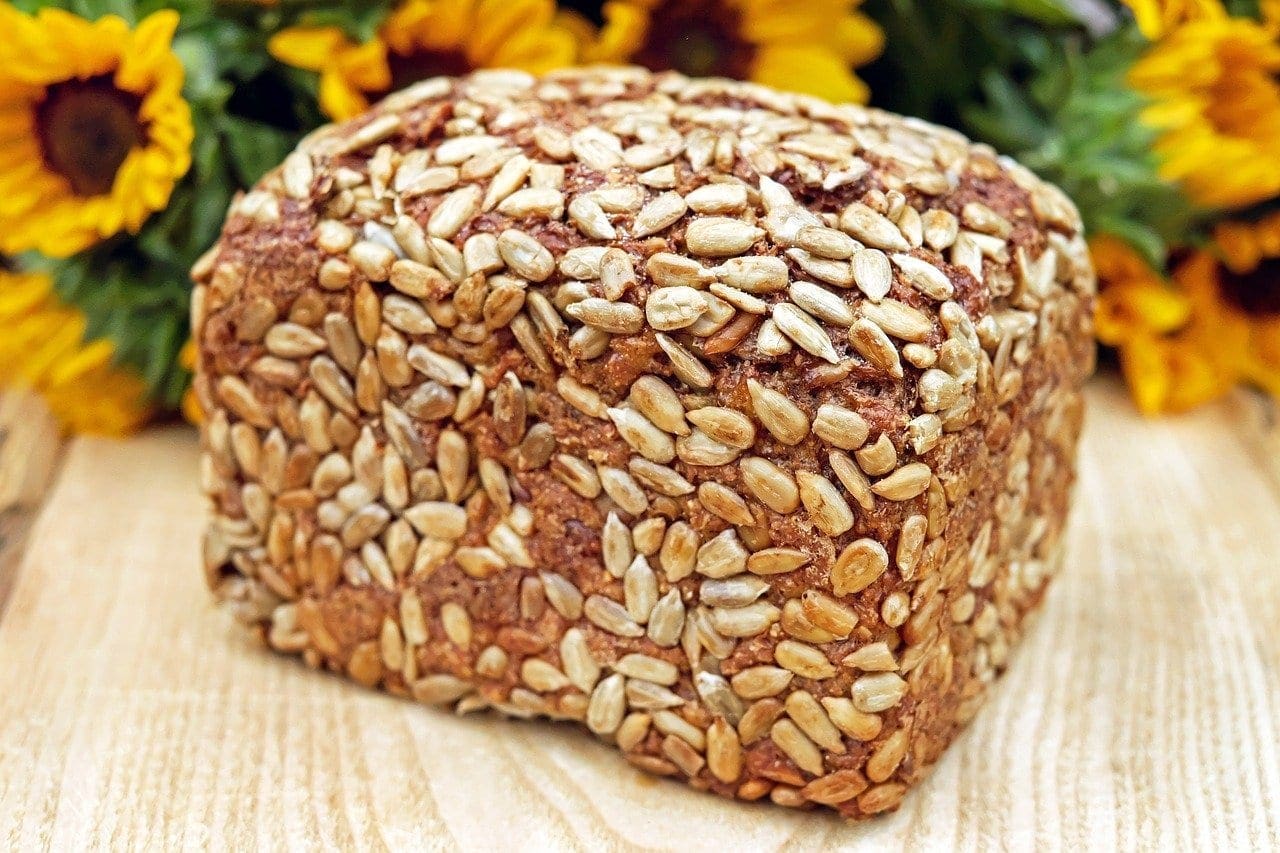
3. Consume Fiber & Whole Grains, Such As Whole Barley, Quinoa And Oats:
Whole grains are loaded with fiber and nutrients. Dietary fiber plays an important role in overall health. Eating food that is high in fiber can help lower your blood sugar & cholesterol levels while reducing the risk of diabetes, heart disease and cancer. Foods that are high in fiber, fill us up quicker and can help us stay full and satisfied longer which is important to prevent overeating and weight gain [7]. By slowing the absorption of sugar, fiber helps keep blood sugar levels down which can help reduce body fat and prevent hunger cravings [7].
Recommended Daily Intake of Fiber [8]
| Age 50 and Younger | Age 51 and Older | |
|---|---|---|
| Women | 25+ grams per day | 21+ grams per day |
| Men | 38+ grams per day | 30+ grams per day |
Always read the nutrition label when eating processed food & look for added sugar. While many breakfast cereals claim to be healthy sources of whole grain and fiber, they often contain large amounts of added sugar.
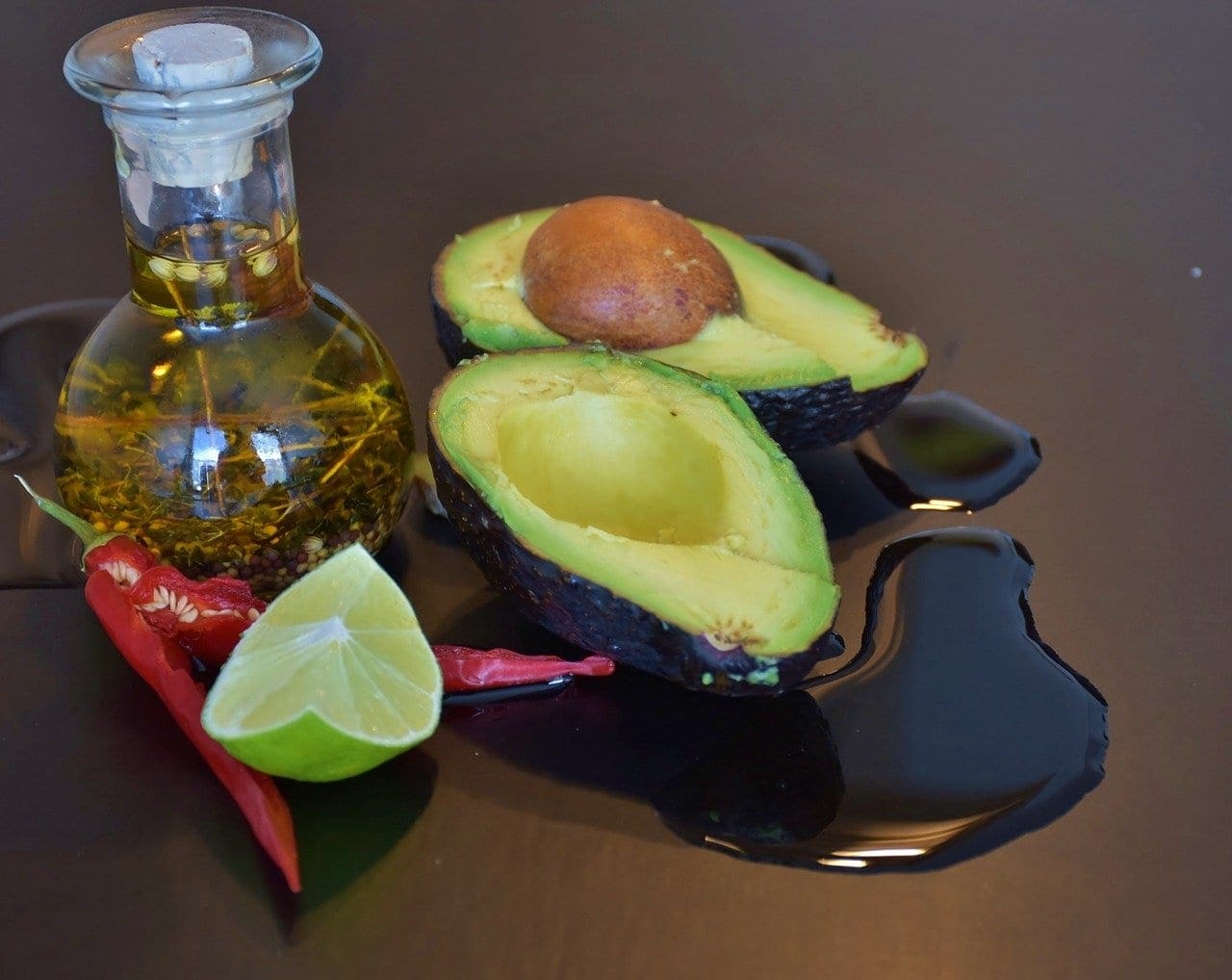
4. Increase Healthy High-Fat Foods Including Nuts, Seeds, Avocados And Olive Oil:
Sources of healthy fats, also known as omega-3s, include fish (salmon, sardines), nuts (walnuts), seeds (chia seeds, flaxseed, hemp seeds), eggs, avocados and olive oil. Omega-3 fats are polyunsaturated fats which can lower cholesterol levels, reduce inflammation and help the nervous system function [9]. When consuming healthy fats, keep in mind that they are high in calories – 1 tablespoon of fat is around 120 calories. Always measure your portion size to ensure you stay within your calorie limits for the day.

5. Reduce Exposure To Endocrine-Disrupting Chemicals:
We are exposed to endocrine-disrupting chemicals in our daily lives. These chemicals affect the function of the endocrine system, which is responsible for regulating fats, carbohydrates and proteins and how we use them for energy. Hormones allow the endocrine system to store and mobilize excess “fuel” for physical activities and they are responsible for maintaining blood sugar levels [10]. These chemicals are found in pesticides in the food we eat, in the plastic bags and containers that we use to store our food, in household detergents and cleaners, and in our personal care products [10]. When our ability to regulate hormones is disrupted by these chemicals, we may experience changes in our body including excess storage of fat, increased hunger and consequently higher levels of obesity [10]. While research is still exploring the effects of endocrine-disrupting chemicals on our health, there are ways to reduce our exposure, including [11]:
- Eating fresh food instead of canned foods & avoiding plastics marked with a “PC,” for polycarbonate, many of which contain BPA.
- Minimizing exposure to animal products can help reduce your exposure to dioxin.
- Purchasing organic produce and using a water filter can reduce exposure to atrazine and pesticides.
- Avoiding plastic food containers and plastic wrap made from PVC can reduce exposure to phthalates.
- Opting for wild-caught salmon and farmed trout to minimize exposure to mercury.
While it is impossible to eliminate our exposure all chemicals, we can minimize our contact with them by making small changes to our eating and buying habits. You can learn more about ways to reduce your exposure to harmful chemicals by visiting: https://www.ewg.org/
Article Summary:
- Reading food labels and cutting out added sugar from your diet can reduce hunger, body fat and increase long-term energy levels while reducing your risk of obesity.
- Swap out refined grains and eat more whole grains.
- Eat more non-starchy vegetables, beans, nuts and seeds.
- Eat whole fruits instead of juices and smoothies to minimize sugar and caloric intake.
- Add more fiber to your diet by eating whole grains, vegetables and fruit.
- Eat healthy fats that contain omega-3s including nuts, seeds, avocados and olive oil.
- Reduce your exposure chemicals by choosing organic, avoiding plastic containing BPA, and swapping out canned foods for fresh foods.
By following these 5 effective ways to burn body fat, reduce hunger and lose weight, you will dramatically improve your overall health and start living a healthy, fulfilling life.
References:
1. Bray, G. A., & Popkin, B. M. (2014). Dietary Sugar and Body Weight: Have We Reached a Crisis in the Epidemic of Obesity and Diabetes? Diabetes Care, 37(4), 950-956. doi:10.2337/dc13-2085
2. Wolever TMS, Jenkins D, Vuksan V, Jenkins AL, Buckley GC, Wong GS et al. Beneficial effect of a low-glycaemic index diet in type 2 diabetes. Diabetic Med 1992; 9: 451–458.
3. Slabber M, Barnard H, Kuyl J, Dannhauser A, Schall R. Effects of a low-insulin-response, energy-restricted diet on weight loss and plasma insulin concentrations in hyperinsulinemic obese fe- males. Am J Clin Nutr 1994; 60: 48–53.
4. Ludwig, D. S., & Ebbeling, C. B. (2018). The Carbohydrate-Insulin Model of Obesity. JAMA Internal Medicine, 178(8), 1098.doi:10.1001/jamainternmed.2018.2933
5. US Department of Health and Human Services, United States Department of Agriculture, United States Dietary Guidelines Advisory Committee. Dietary Guidelines for Americans, 2010. 7th ed. Washington, DC: Government Printing Office; 2010.
6. Apple & Eve. School nutrition – On the go. https://www.appleandeve.com/school-nutrition/on-the-go-2/go-8-oz-235-ml/
7. Mayo Clinic. (2018). Dietary fiber: Essential for a healthy diet. https://www.mayoclinic.org/healthy-lifestyle/nutrition-and-healthy-eating/in-depth/fiber/art-20043983
8. Quagliani, D., & Felt-Gunderson, P. (2016). Closing America’s Fiber Intake Gap. American Journal of Lifestyle Medicine, 11(1), 80-85. doi:10.1177/1559827615588079
9. Gordon, Barbara. (2019). Choose Healthy Fats. Eat Right. https://www.eatright.org/food/nutrition/dietary-guidelines-and-myplate/choose-healthy-fats
10. Darbre, P. D. (2017). Endocrine Disruptors and Obesity. Current Obesity Reports, 6(1), 18-27. doi:10.1007/s13679-017-0240-4
11. EWG. (2013). Dirty dozen endocrine disruptors. https://www.ewg.org/research/dirty-dozen-list-endocrine-disruptors
Contents
- 1 5 Effective Ways To Burn Body Fat, Reduce Hunger & Lose Weight
- 1.1 Here are 5 effective ways to burn body fat, reduce hunger and lose weight [4]:
- 1.2 1. Reduce Refined Grains And Added Sugar Intake:
- 1.3 Names Of Added Sugars
- 1.4 Swap Refined Grains with Whole Grains
- 1.5 Added Sugar Recommendations: [5]
- 1.6 2. Consume More Non-Starchy Vegetables, Legumes And Whole Fruits:
- 1.7 Common Non-Starchy Vegetables
- 1.8 3. Consume Fiber & Whole Grains, Such As Whole Barley, Quinoa And Oats:
- 1.9 Recommended Daily Intake of Fiber [8]
- 1.10 4. Increase Healthy High-Fat Foods Including Nuts, Seeds, Avocados And Olive Oil:
- 1.11 5. Reduce Exposure To Endocrine-Disrupting Chemicals:
- 1.12 Related Articles:
- 1.13 2 Powerful Tools For Meal Planning: Meal Timing & Tracking
- 1.14 How Staying Hydrated Can Help You Reach Your Fitness Goals
- 1.15 Top 10 Tips To Inflation-Proof Your Diet in 2023
- 1.16 100 Calorie Snacks – Quick, Easy and Tasty
- 1.17 Portion Size Guide For Weight Loss & Healthy Eating
- 1.18 How To Lose Weight Fast & Safely
- 1.19 Calorie Intake Plan For Weight Loss, Gains & Maintenance
- 1.20 Create A Custom Meal Plan
- 1.21 3 Easy Ways to Eat Smarter and Healthier
Related Articles:
2 Powerful Tools For Meal Planning: Meal Timing & Tracking
In this article, we aim to provide you with tips and tricks to help you “perfect” your diet/meal plan through meal timing and tracking.2 Powerful Tools For Meal Planning: Meal Timing & TrackingIn This Article: Introduction Meal Timing Meal Tracking What is...

How Staying Hydrated Can Help You Reach Your Fitness Goals
Hydration offers many well-known health benefits, such as regulating body temperature, lubricating joints, and protecting the spinal cord and sensitive tissues in the body, but there are a few benefits that often get overlooked.How Staying Hydrated Can Help You Reach...
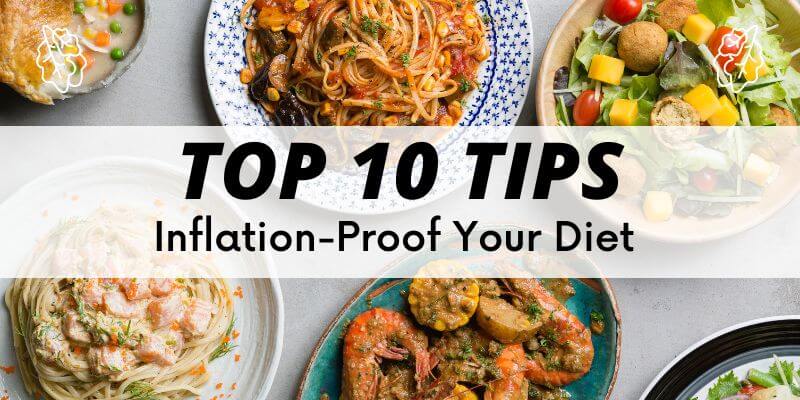
Top 10 Tips To Inflation-Proof Your Diet in 2023
Tips and creative ideas for eating healthy during inflation. It acknowledges the significant increase in natural and organic food prices. It suggests ways to shop smart and cook efficiently to save money and eat healthy foods. Finally, after applying these tips, the article shows an example of what a meal plan might look like for a week.
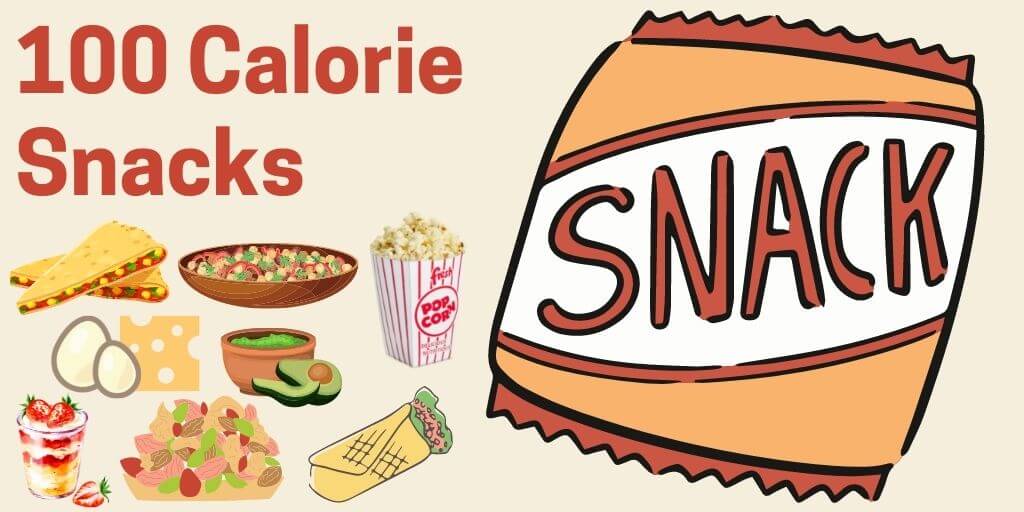
100 Calorie Snacks – Quick, Easy and Tasty
15 Best 100 Calories Snacks That Are Quick & Easy To Make. Discover The Top 100 Calorie Snacks To Lose Weight & What Makes A Healthy Snack.100 Calorie Snacks - Quick, Easy and TastyIn This Article: Benefits of Snacking The Effects of Snacking On Your...
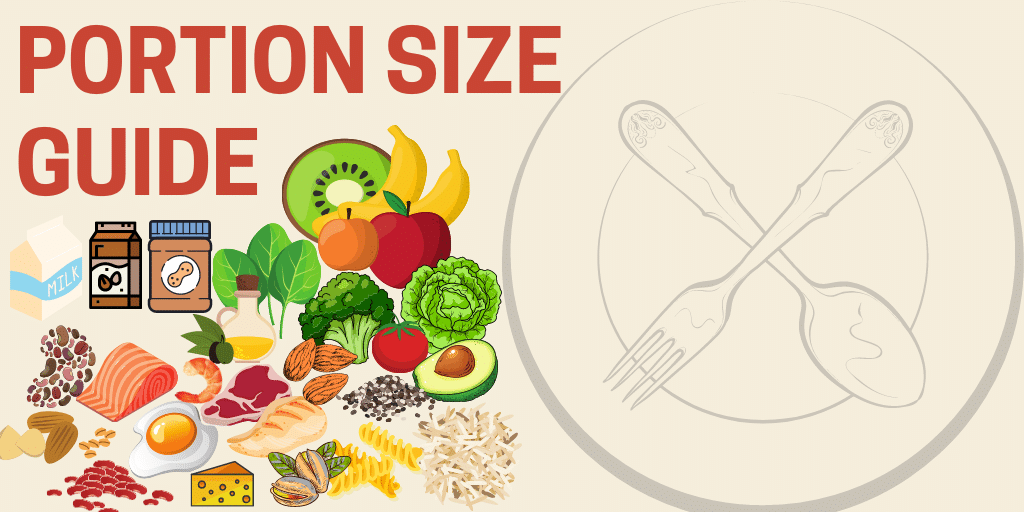
Portion Size Guide For Weight Loss & Healthy Eating
A Guide to Help You Measure The Correct Portion Sizes To Reach Your Calorie Intake And Weight Loss Goals. We Break Down The 5 Food Categories to Make It Easy To Measure What You Eat.Portion Size Guide For Weight Loss & Healthy EatingIn This Article: Portion Size...
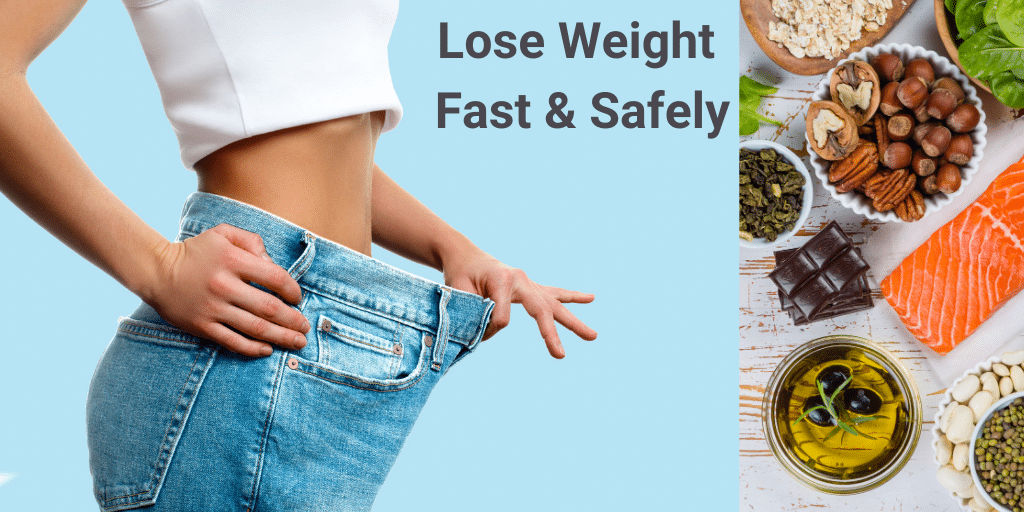
How To Lose Weight Fast & Safely
Lose Weight Fast & Safely With Success! Healthy Eating & Regular Exercise Are The Keys To Successful Weight Loss. Lose 1-2 Pounds Per Week.
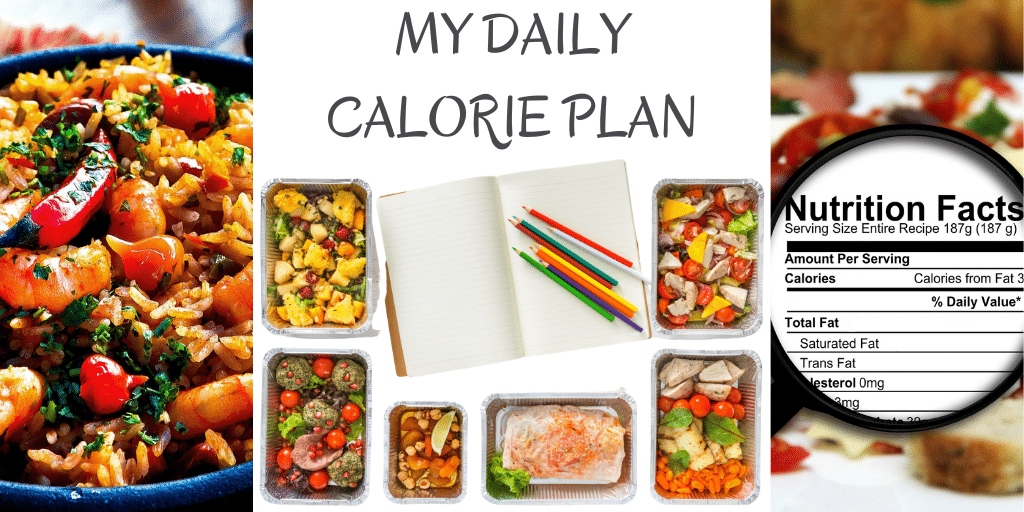
Calorie Intake Plan For Weight Loss, Gains & Maintenance
Our Calorie Intake Plan Helps You Calculate The Total Calories Needed To Reach Your Weight Goals. Lose Weight, Gain Weight or Maintain Weight with Success. It's Time To Improve Your Nutrition & Start Eating Smarter!Daily Calorie Intake Calculator:[wpforms_selector...
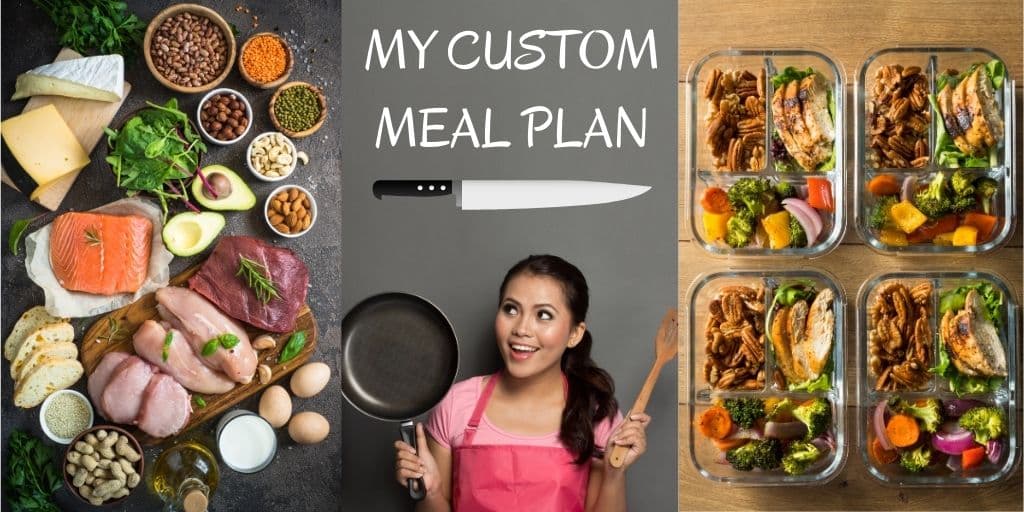
Create A Custom Meal Plan
Follow this Guide to Write A Custom Meal Plan Using Food That You Like To Eat. Select Your Favorite Foods & Use Them To Create Balanced Meals And Snacks.
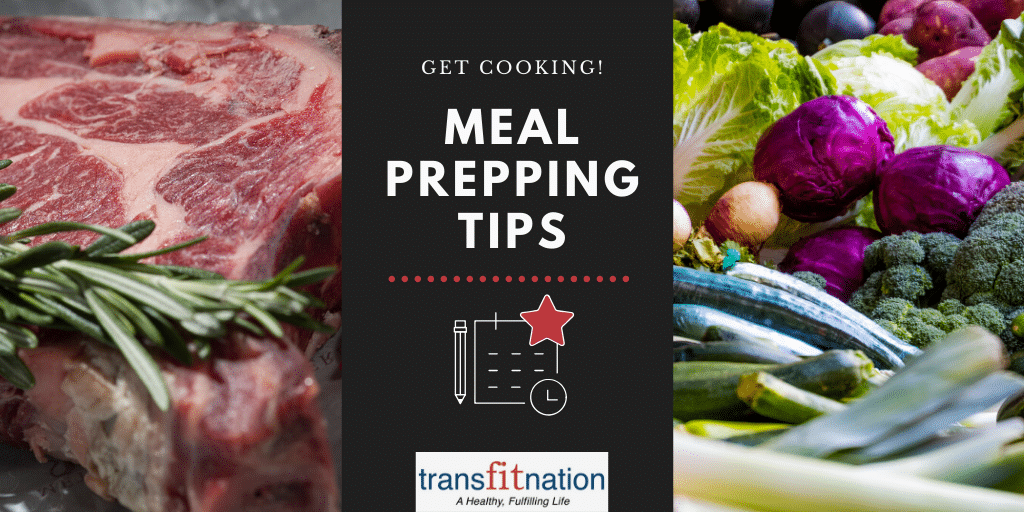
3 Easy Ways to Eat Smarter and Healthier
Here are three simple tips to get you on track towards eating smarter and healthier. The number one excuse we hear when it comes to living more healthy is: “I don’t have time for that.” In reality, making a few small changes to your daily habits can lead to many...
